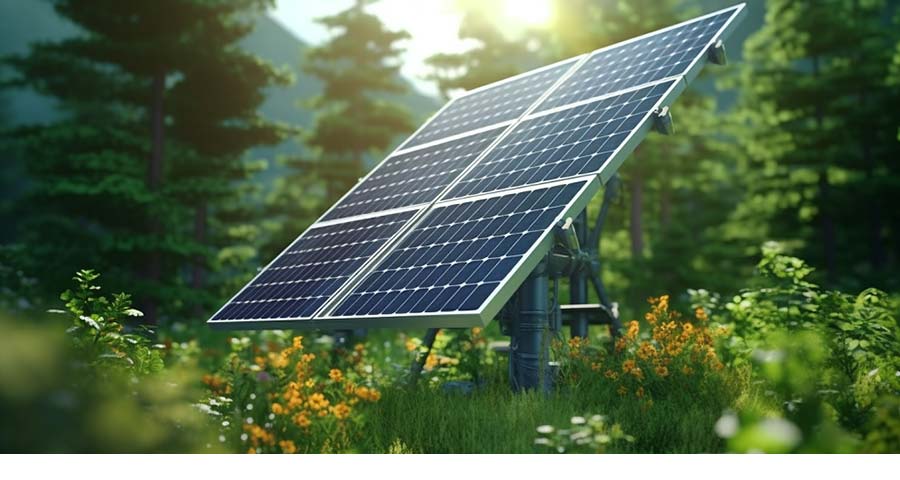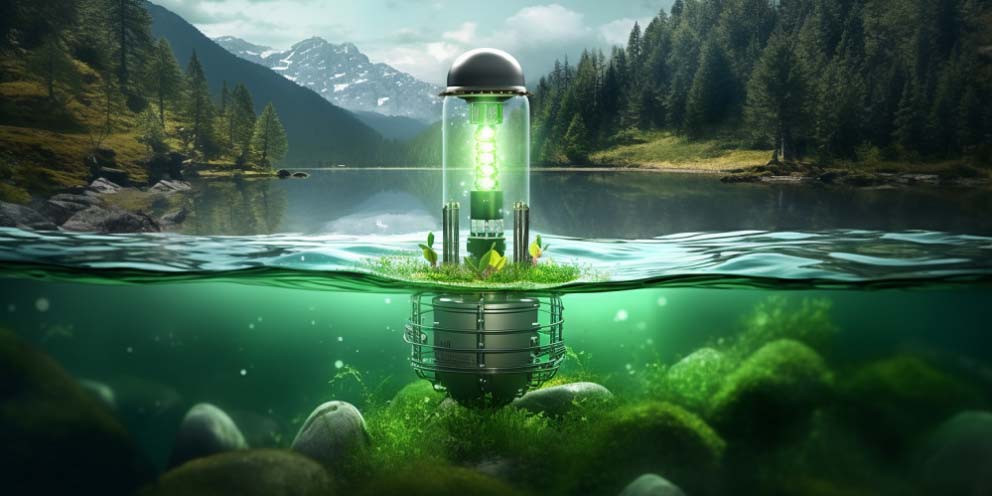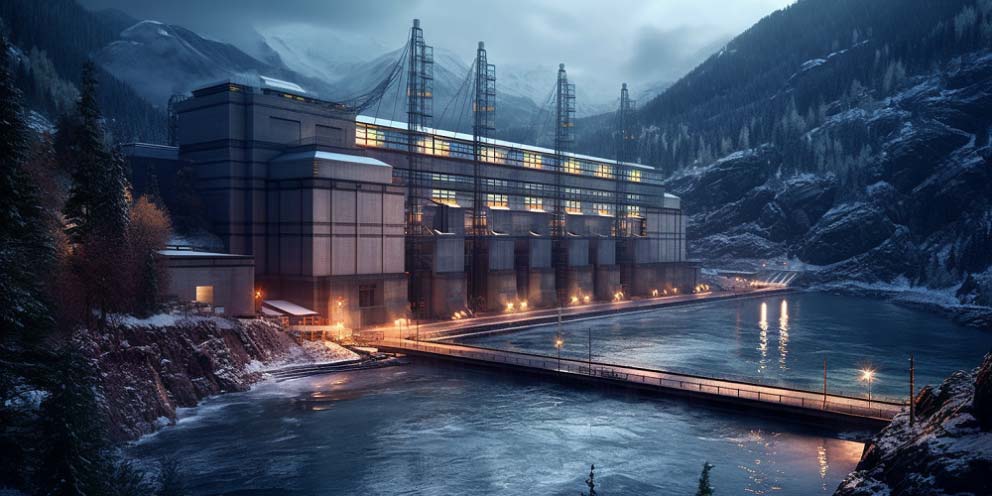Let's have a chat about taking your digital marketing to the next level
One of today’s fastest growing new businesses is a green energy start-up. Market research shows that the green energy/renewable energy industry was valued at $881 billion dollars in 2020, and is expected to grow to $1,977 billion by 2030. Whether you want to call this niche clean tech, green tech, or renewable energy tech, the market is exploding fast and expected to be a $1 trillion dollar industry by decade’s end. All of these new companies will need marketing to attract their customers, and branding to stand apart from each other.
Snaptech has been spending more time recently thinking about marketing plans for green energy companies. There are similarities between what their marketing approach should be regardless of how they plan to generate their energy. Wind, solar, water, hydrothermal, biomass startups all need pages for their team, contacting the company, case studies, and sections about their tech stack to make a successful clean energy solution.
But there’s one big difference that each green energy company should have on each of their websites, and three big different approaches to attracting the right visitors to their website. This is where a lot of the green energy websites that I’ve seen fall short, and it’s understandable as to why that is the case: the people that launch the first version of the clean energy website aren’t marketers. They’re likely to be the founders, with a strong science background. Marketing and branding aren’t their strengths, and that’s why their sites fail to find the right audience.

What’s Missing on Green Energy Websites
The biggest missing page (or section) that I see on a lot of these start-up sites is something addressing the benefits for the target audience.
For example, a clean tech startup that is in the wind energy space, and that makes high-performance motors for wind turbines, might have a few pages talking about their tech, and maybe a few case studies, but there’s no page talking about benefits to the company that uses their tech stack.
The companies that will be searching for solutions that the wind energy motor company provides won’t be necessary looking for keywords like “wind turbine motor”. That keyword space may also be crowded with established players and websites, which have a significant head start on the new start-up. So, the start-up needs to attract the attention of people looking for lower volume keywords like “10 kilowatt wind turbine motor”, or “best wind turbine companies”.
Having a layered strategy to attract inbound searches needs to be the goal for any new clean energy company seeking to find its customer base. If the startup doesn’t have this, they’re relying too much on their homepage to have all of the keywords for organic searches. Trust me, you can’t compete head-to-head against other clean tech businesses that have sub-category pages that zone in on one precise keyword.

The Missing Parts of the Clean Energy Company’s Marketing Plan
I mentioned that there were three different branding approaches that I see many green energy websites miss out on. Keyword strategy for live webpages is the forward-facing blunder, but these other three strikeouts happen behind the website. You can tell that the branding strategy is off because if it had been thought about, there would be mentions of it on the start-up’s website.
1. Components & Processes
A huge missed opportunity for green tech start-ups here is speaking to how they build their green tech. Not only is having pages about this fantastic from a secondary keyword perspective, it also separates the business from how other green tech co’s operate within their niche. Something as small as how they view building their green energy solution can be all that’s needed to win a major new contract.
2. Partnerships and Influencers
Pages that speak to what partners the green energy start-up wants to work with can go a long way to create trust and confidence to prospects. Get leaders in your space to write a blog post and cross-link it on your product pages. Think about ways to establish your online space as a thought leader platform and not just as a sales brochure for your solution.
3. Sustainability Reporting
I once saw a company in the biotech space use their website as a place to publish reports on the capabilities of their product. Not only did the company address the environmental benefits that came from using their product in different sectors, it also showed the emotional benefits that came from the people enjoying the products and services that benefitted from the biotech solution. Green energy companies are usually hyper-focused on explaining their solution or product, or the background of the founders, or the tech aspects of their solution, hat no thought is given to the end user’s emotional benefits. How will the public feel about cleaner water in their neighborhoods? Will more people desire to move there, thus increasing the property value? Will the desirability of the area now positively influence job creation? All of these are tangible and direct benefits to the ultimate end user, a human being.

It can be tough to keep a broader picture in mind when you’re writing and developing the look of a green energy website. Marketing is all about creating connections between the brand and the end user. Business owners should be focused on making the best product or service that they can, leaving the marketing strategy to pros that think in different ways.
Time and time again I’ve seen how marketing’s outside the box ways illuminate new ideas, which turn into marketing campaigns that connect with new customers. Invest in hiring someone that can bring those outsider perspectives to your green tech start-up’s launch.

